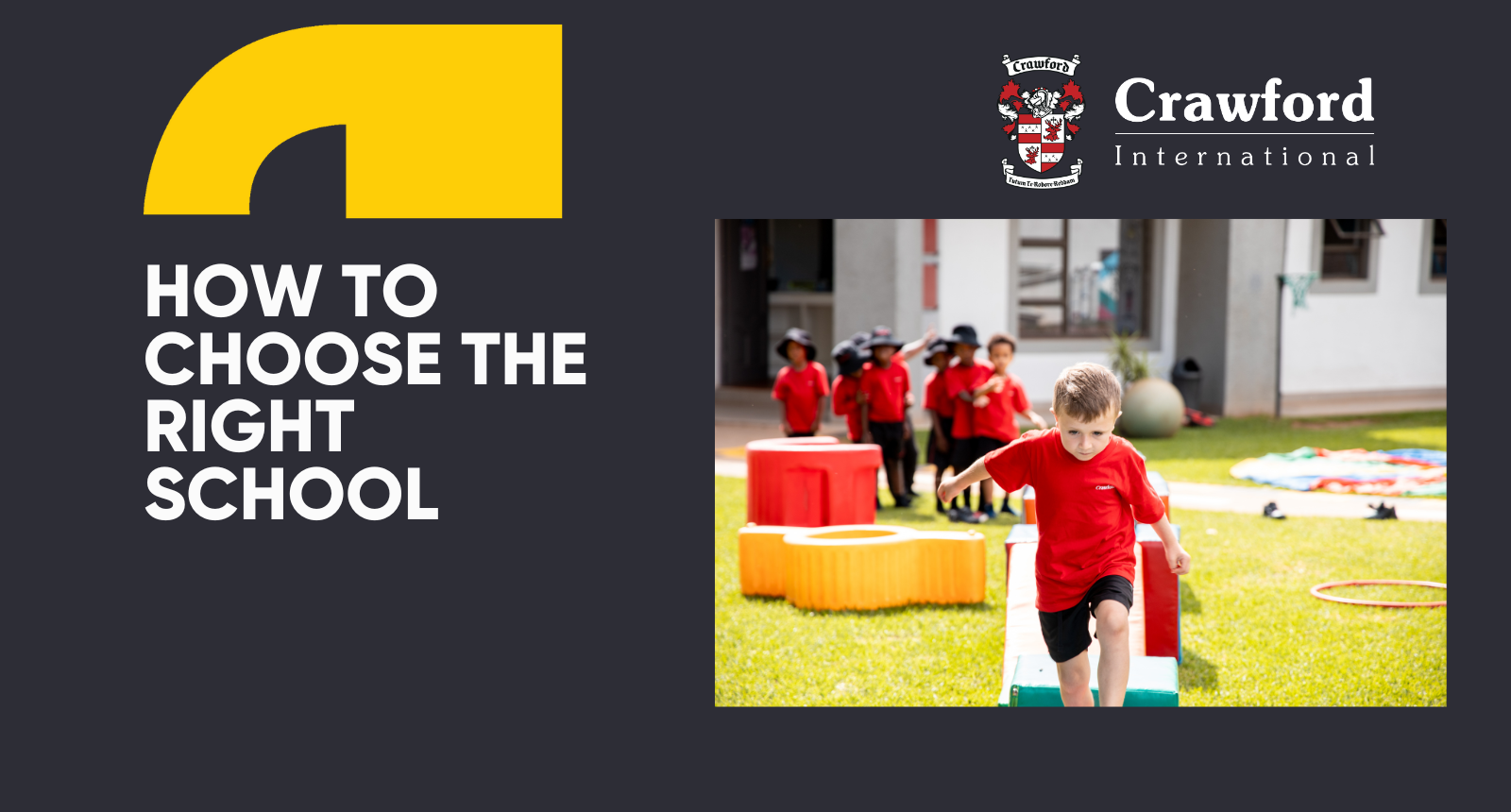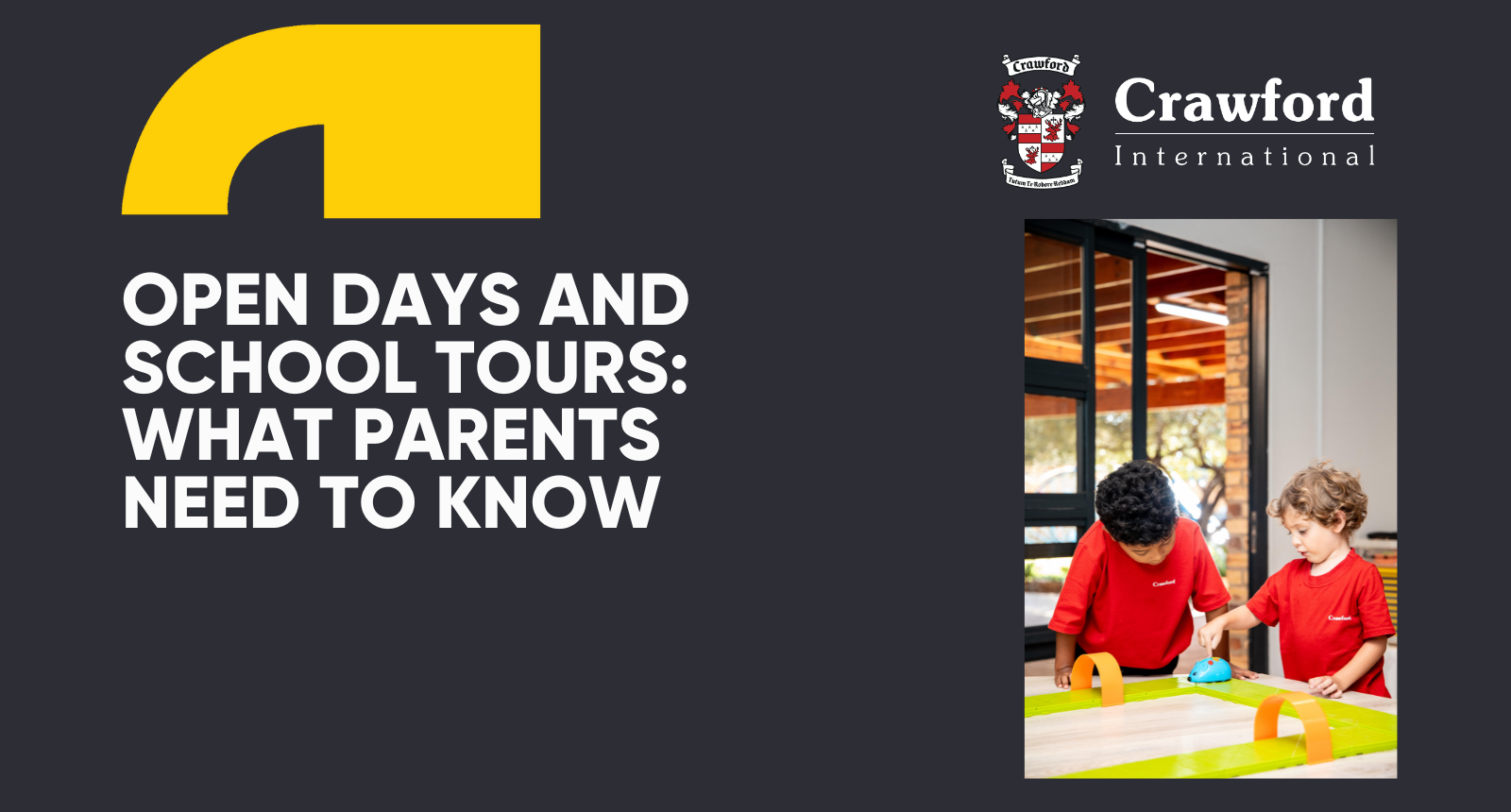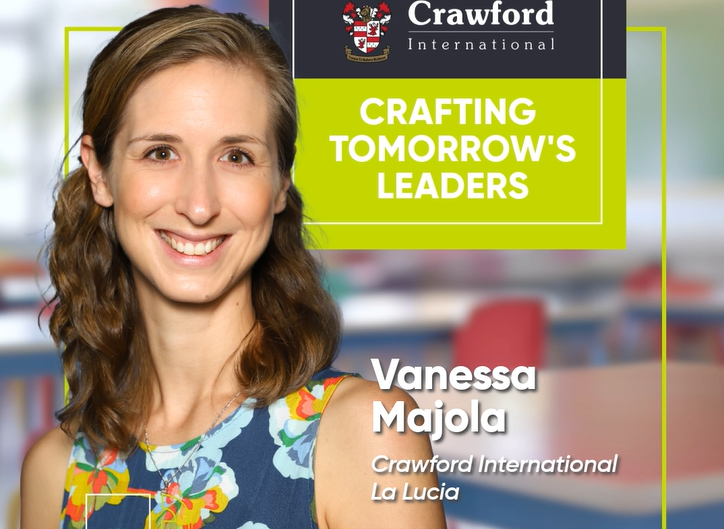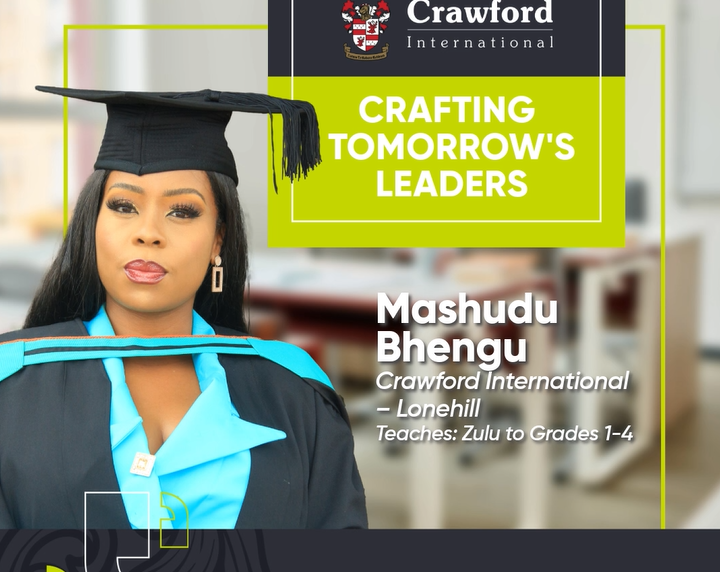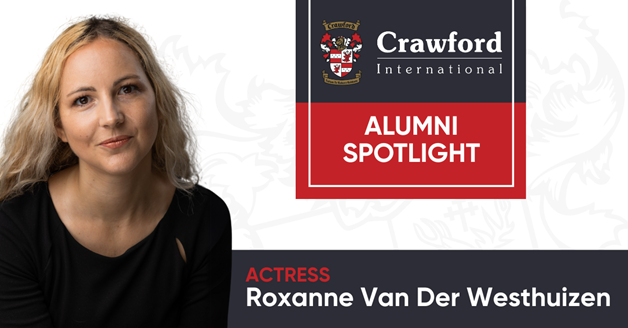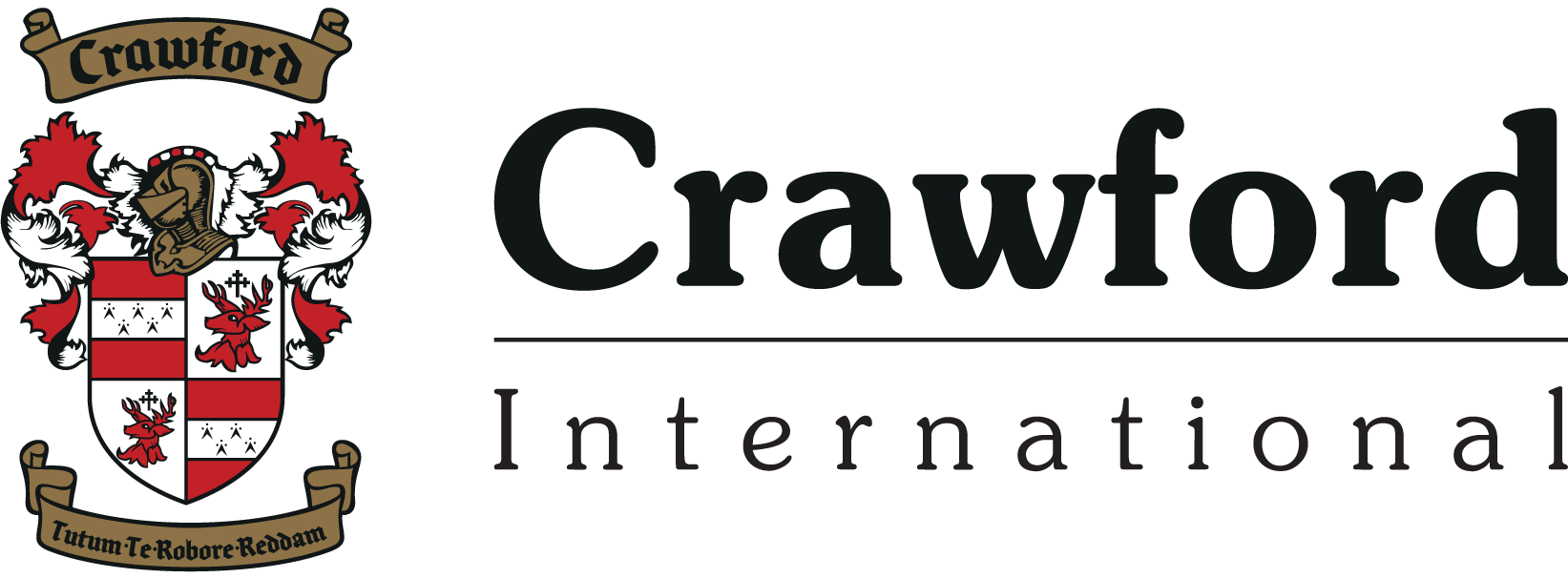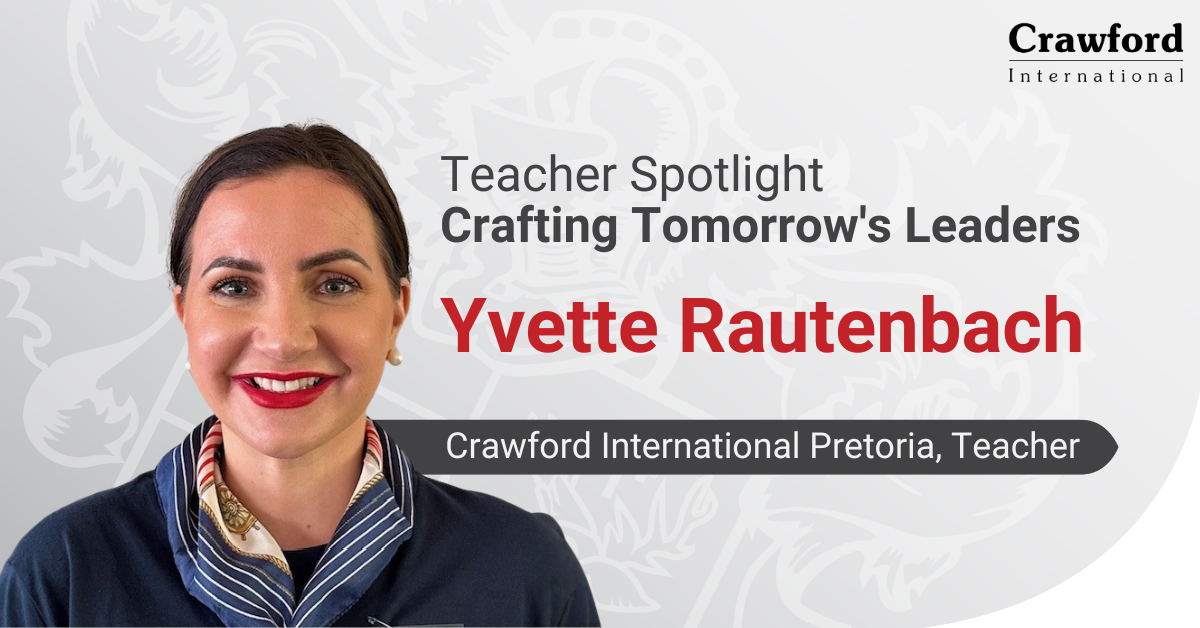Visual Learning Style: Key Characteristics and Benefits
May 17, 2024
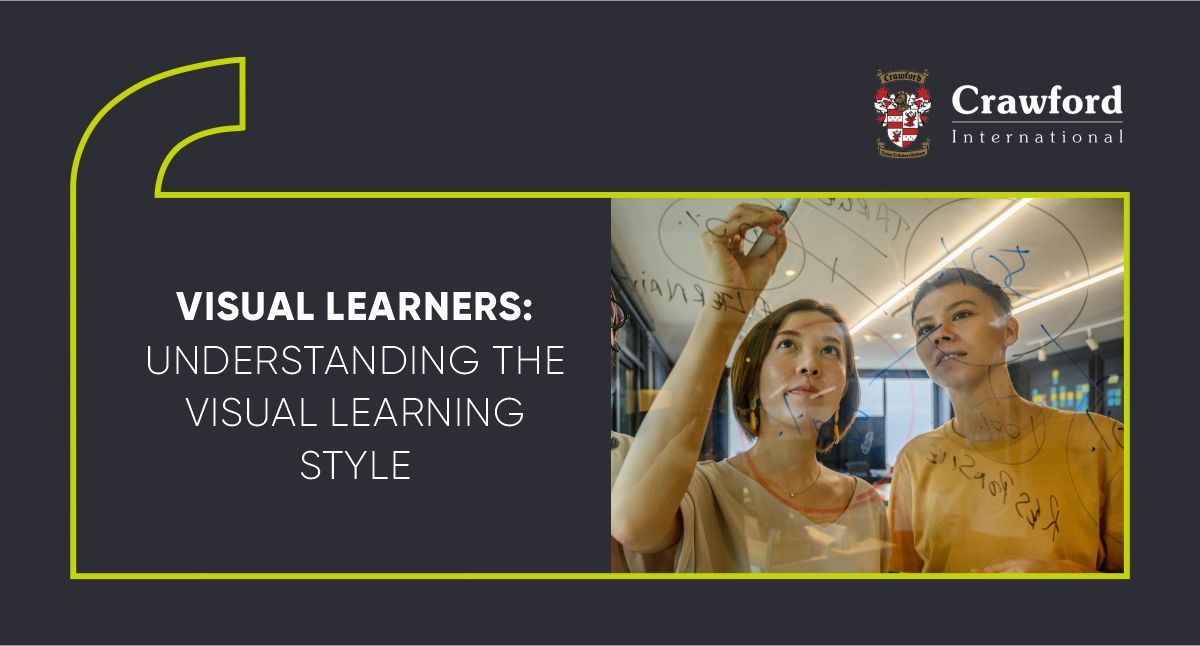
Visual Learners: Understanding The Visual Learning Style
Recently, in our previous blog post, we spoke about one of the pillars of Crawford International education is a personalised learning journey. Part of that journey involves Crawford’s understanding that students learn in different ways and that quality teaching is most effective when different learning styles are applied, to appeal to the different learning styles of the students.
There are four different ‘styles of learning’ which include: kinaesthetic (touching); reading and writing; auditory (listening) and visual (seeing). Our previous blog focused on auditory learning, which is the process of absorbing and retaining information through listening.
In this blog, however, we are focusing on the Visual style of learning.
What is visual learning?
Visual learning is the ability to absorb and remember information by seeing it. Many different things appeal to a visual learner including movement, colour, brightness, contrast, tone, and spatial awareness.
More than 85% of children are visual learners, and traditional teaching methods were originally created to appeal to the visual learning style. Classrooms are a very good place for a visual learner because they usually include screens or boards, graphs, maps, pictures, and artworks, all of which appeal to this learner.
Is my child a visual learner?
Well, there are some clues that you may pick up when you watch your child play or study, for instance:
- Do they pay attention to small details? Can they pick up if you are wearing new earrings or if you’ve changed your bag?
- Do they close their eyes when they are trying to recall some information?
- Are they particularly good at spelling? Visual learners usually take mental photographs of words in front of them.
- Do they love stationery, including coloured pens, highlighters and sticky notes?.
- Do they gravitate towards a picture book or colouring book rather than a reader?
- Is your child a good organiser? Do they organise their things according to colour, size or maybe even shape?
- Do they like doing jigsaw puzzles and building with Lego?
- Can they recall intricate things they have seen, but find it hard to follow simple instructions that were asked of them?
If you have answered ‘yes’ to more than three of the above, your child is most probably a visual learner.
Advantages and disadvantages of visual learning
Advantages include:
- Good imagination: Visual learners can visualise something in their minds and then re-create that vision on paper through drawing or painting. They are also great at inventing new things or building unique structures out of blocks.
- Classroom heroes: Visual learners do very well in the classroom setting because they respond well to the many visual cues often found in classrooms.
- Plenty of material: Most learning material that is created is visual, so these learners have the benefit of access to the most varied and developed learning material available.
Disadvantages include:
- Daydreamers: Because their attention is on mentally illustrating the concepts that are being taught to them, visual learners may look upwards when they’re thinking hard. This may come across as the child being a daydreamer. They are not.
- Solitary workers: Visual learners tend to work best on their own, so make sure your child has somewhere to work without distraction.
- Zone-out: Visual learners will often ‘zone-out’ of a lesson when there is too much talking. They do not respond well either to podcasts or audio lessons, but rather need hard copy material.
How to learn better as a visual learner
Here are some tips to help your child learn better:
- Help your child make use of mind maps and colour in their work or studying notes, which will help them to organise their thoughts better.
- Encourage them to speed read through course material so their brains can take mental pictures first, then they can go back and read the details carefully. This is called double absorption learning.
- Find YouTube videos or films about study themes, such as Macbeth or The Great Gatsby, where the imagery will assist with information retention and recall.
Extra murals or hobbies for a visual learner:
- Art
- Multi-Media Studies – creating content.
- All sports
- Design – architectural, interior, and outdoor.
- Fashion – making clothes.
